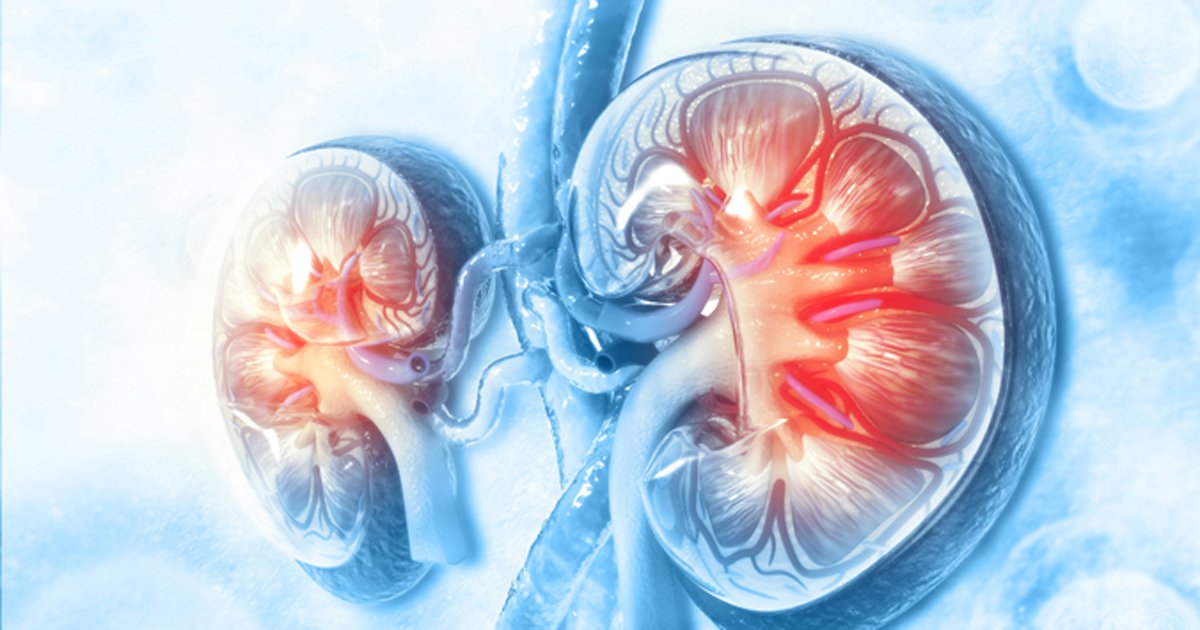Bisphosphonate use safe for adults with CKD

Adults with moderate to severe chronic kidney disease at high risk for fracture were no more likely to die of any cause when prescribed bisphosphonate therapy compared with adults with CKD who were not prescribed a bisphosphonate, according to findings from a population-based study published in the Journal of Bone and Mineral Research.
Bisphosphonates are cleared by the kidneys and therefore may worsen kidney function and exacerbate other adverse events common for adults with CKD on renal replacement therapy, such as hypocalcemia, hypophosphatemia and gastrointestinal events, Dunia Alarkawi, MBBS, MPH, MHM, a doctoral student at the Garvan Institute of Medical Research, University of New South Wales, Sydney, and colleagues wrote.
“This study shows that oral bisphosphonates are safe for people with moderate to severe CKD, at least in relation to mortality outcomes,” Alarkawi told Healio. “This provides reassurance to clinicians in regard to using oral bisphosphonates, the most commonly used osteoporosis treatment, for this population, which are at high risk for fracture and have limited options to fracture prevention.”
In a population-based study, Alarkawi and colleagues analyzed data from 230,305 adults aged at least 40 years with an estimated glomerular filtration rate less than 45 mL/min/1.73 m2 and at least 1 year of follow-up data available from the U.K. Clinical Practice Research Datalink (CPRD; 19,351 using oral bisphosphonates) and 90,273 adults from the Catalan Information System for Research in Primary Care database (SIDIAP; 4,146 using oral bisphosphonates). Use of oral bisphosphonates including alendronate, risedronate and ibandronate was identified from prescriptions (CPRD cohort) and pharmacy dispensations (SIDIAP cohort); researchers excluded previous and current users of other osteoporosis therapies. Primary outcome was all-cause mortality. For both cohorts, researchers used Cox regression models fitted to calculate mortality risk according to oral bisphosphonate use, and used logistic regression models to calculate propensity scores using prespecified predictors of mortality including age, sex, baseline eGFR, socioeconomic status, comorbidities, previous fracture, comedications and number of hospital admissions in the previous year.

In the CPRD cohort, researchers observed 5,234 deaths among bisphosphonate users (27%) during 45,690 person-years of follow-up, and 85,105 deaths among nonusers (40%) during 915,867 person-years of follow-up. An 8% lower mortality observed among bisphosphonate users vs. nonusers did not persist after propensity score trimming.
In the SIDIAP cohort, researchers observed 1,330 deaths among bisphosphonate users (32%) during 14,374 person-years of follow-up and 36,513 deaths among nonusers (42%) during 344,389 person-years of follow-up. Oral bisphosphonate use was not associated with mortality after propensity score adjustment and trimming.
The researchers noted that the median follow-up time of bisphosphonate users vs. nonusers was shorter for the CPRD cohort (median, 1.5 vs. 3.5 years) compared with the SIDIAP cohort (median, 3 vs. 3.6 years). Additionally, bisphosphonate users in the CPRD cohort were older, had a higher prevalence of comorbidities and a higher absolute mortality rate vs. nonusers.
“More research is needed about the other effects of oral bisphosphonates, including their effects on adverse events and fracture risk in people with moderate to severe CKD, especially those with grade 5 and 5D, as they were underrepresented in this study,” Alarkawi said. – by Regina Schaffer
For more information:
Dunia Alarkawi, MBBS, MPH, MHM, can be reached at the Garvan Institute of Medical Research, 384 Victoria St., Darlinghurst, NSW 2010, Australia; email: dunia.ark@gmail.com.
Disclosures: The authors report no relevant financial disclosures.

